Bioremediation may appear to some as routine cleaning. After just a death, accident, or communicable disease epidemic, it refers to the removal, cleansing, and disinfection of blood, bodily fluids, as well as other potentially hazardous microorganisms in impacted regions. Unattended death cleanup is a speciality service that requires adequate training, equipment, certification, and licensing because to the significant danger of exposure to bloodborne diseases.
It’s impossible to avoid decomposition when someone goes dead. This procedure starts within the first few hours. The internal organs will begin to degrade over the next 72 hours, and the body will inflate and perhaps spew blood-containing foam from the mouth and nostrils during the next three to five days.
There’s a potential you’ll come into contact with bloodborne infections depending on the deceased person’s preexisting health conditions, therefore biohazardous personal protective equipment (PPE) is essential when working near a body.
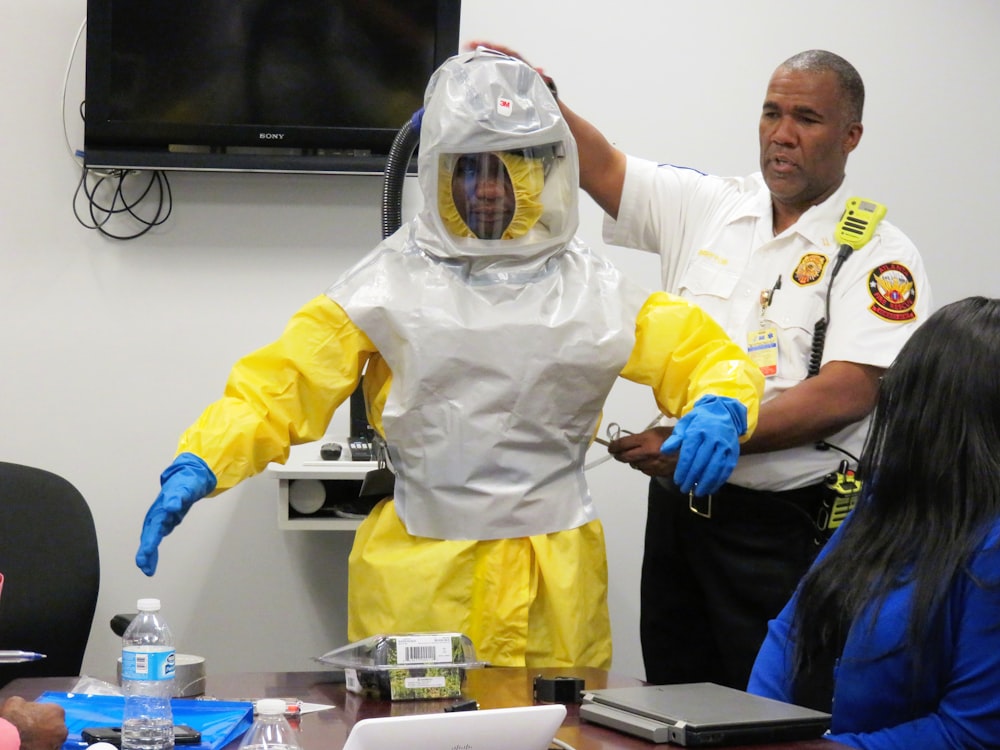
Don’t try to clean up the mess on your own. Disinfection can be difficult, if not impossible, at times. To guarantee adequate cleaning, most furniture or porous surfaces such as untreated wood must be totally removed.
Decomposing bodies pose a number of health problems since biological material can release airborne bacteria, mildew, and, in certain circumstances, insect infestations if left neglected for longer than a week.
What is the Procedure for Cleaning a Deceased Person’s Area?
Have the Right Equipment
Before trying to clean and disinfect the impacted location of an unattended death, be sure you have the necessary biohazard protection equipment. Goggles, a mask/respirator, gloves, and a barrier between your clothing and the afflicted area are all required (i.e. an apron, smock, or uniform).
Removal
Clear the area of any dangerous garbage (blood, biological material, and any other bodily fluids). Mattresses, carpets, and other contaminated objects, as well as the surrounding furniture, must all be removed.
Sanitize
After all biohazardous trash has been removed, the sanitation procedure may commence. You’ll want to utilize disinfection products that have a broad kill promise, so look into bacteria-killing compounds.
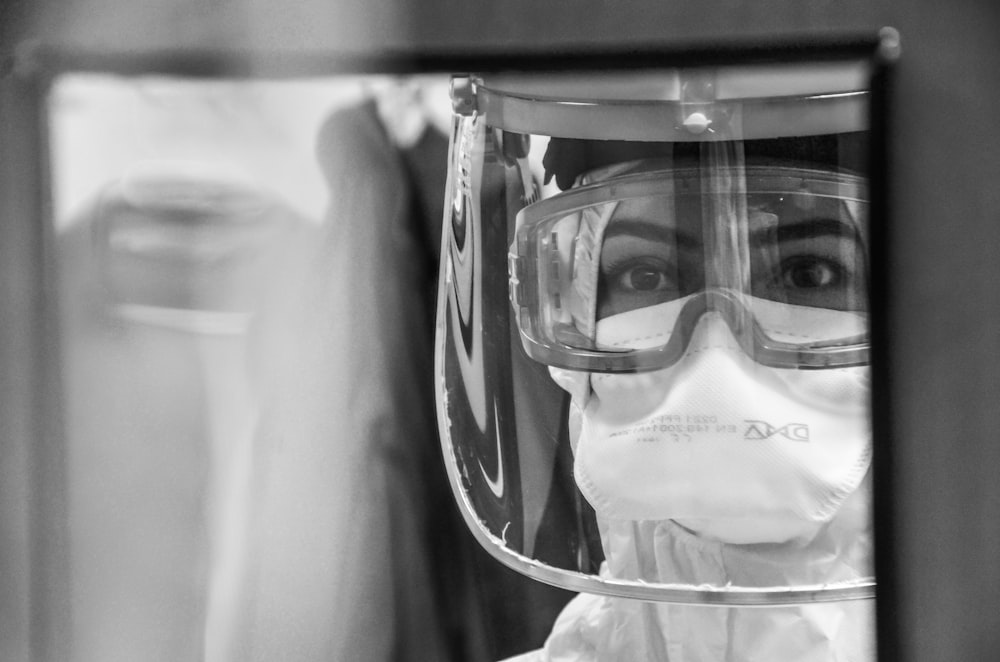
Using hospital-grade sanitizing solutions ensures that any potentially harmful/dangerous organisms are permanently eradicated. A quaternary ammonium-based cleanser can be used. Most germs, enveloped viruses, and certain fungi are susceptible to this treatment. Non-critical surface such as floors, railings, and walls should be cleaned using this sort of cleanser. Alternatively, sodium hypochlorite, often known as bleach, can be used to successfully destroy bacteria, fungus, and viruses. After the damaged area has been pre-cleaned and all organic debris has been removed, this may also be used to clean blood. To avoid spreading, wipe from the outside in and work your way towards the center while cleaning surfaces.
Deodorization
The final step in the procedure is deodorization. Disinfectants used throughout the sanitation procedure should have helped to reduce the stink. If you opt to use extra disinfectants to help with deodorization, make sure to ventilate the space by utilizing portable fans and opening windows, doors, and other entrance points. If the smell persists, add a dash of vinegar or baking soda near the cleansed area (be sure to place the bowl out of reach of young children and pets). Any remaining odors should be captured this way.
Cost of Unattended Death Clean Up
The ultimate fee will be determined by the location, the type of clean-up, the length of time the body has been in the region, the spread of fluids/other organic materials, and the number of specialists. It might cost as low as $1000, but it can also be more than $10,000 in extreme circumstances.
It is important to clean properly after an unattended death because after some days bacteria will start to proliferate. Let us know in the comments if you want to read more about unattended death cleanup…

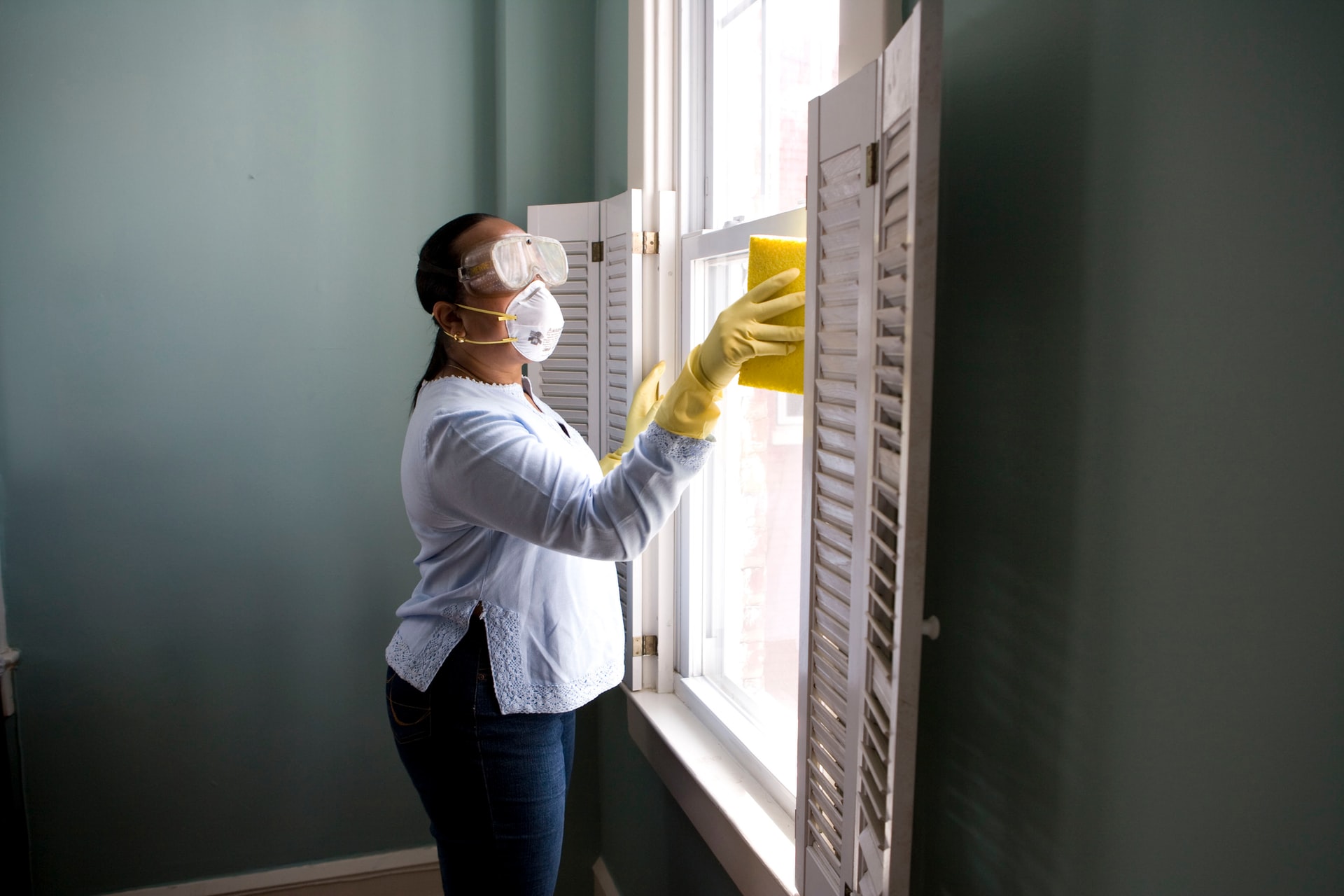
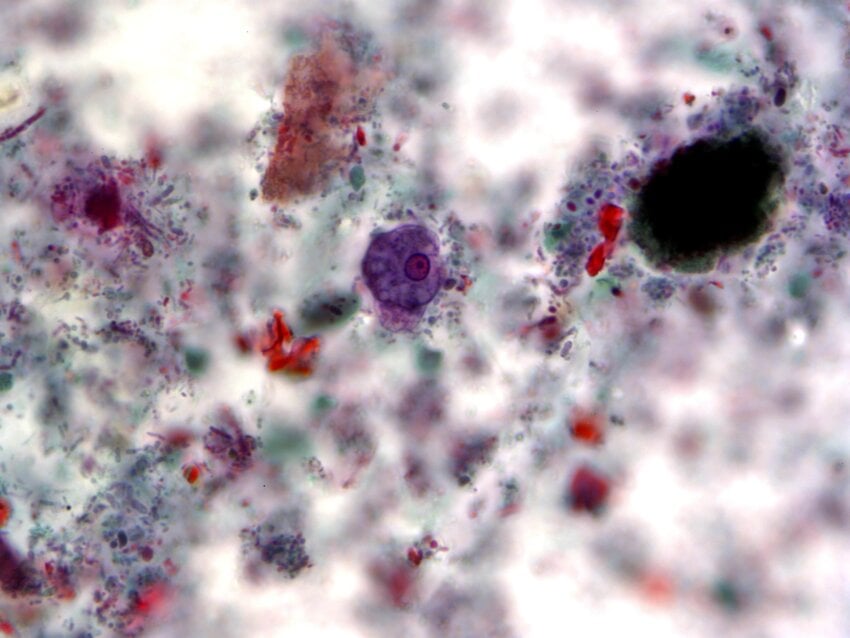
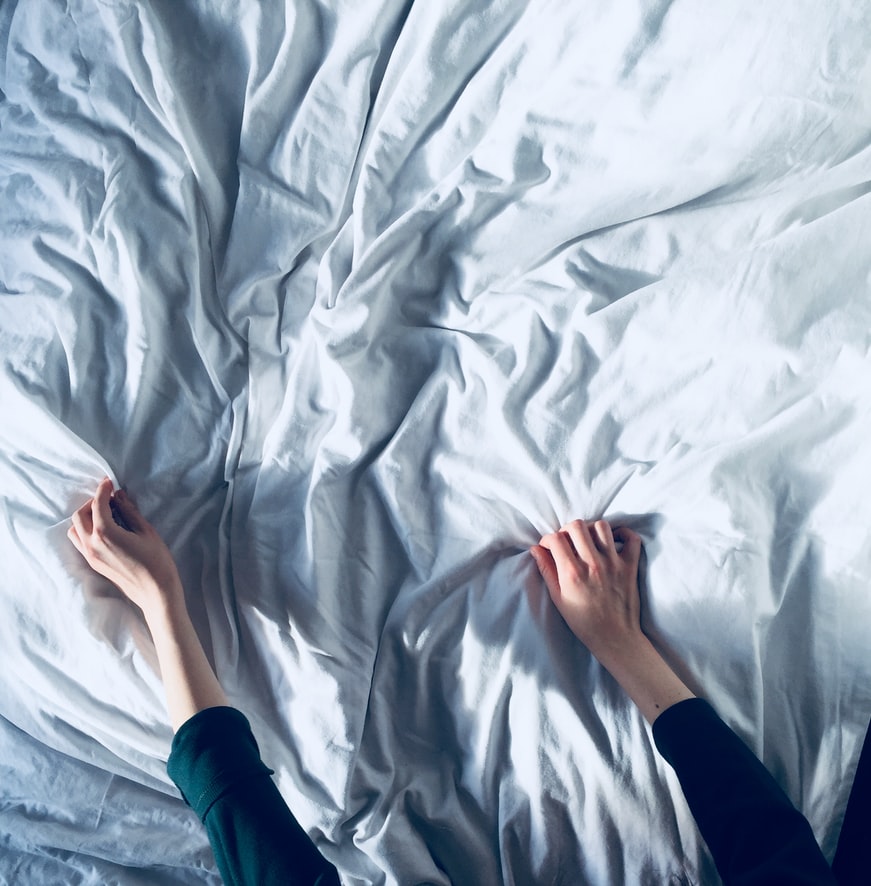

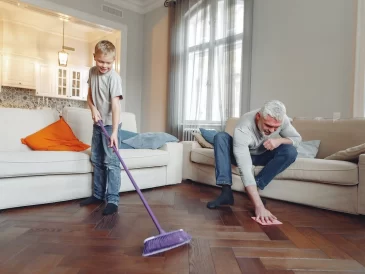
1 Comment
Hi there! Someone in my Facebook group shared this website with us so I came to check it out.
I’m definitely loving the information. I’m book-marking and will be tweeting this to my followers!
Great blog and fantastic style and design.